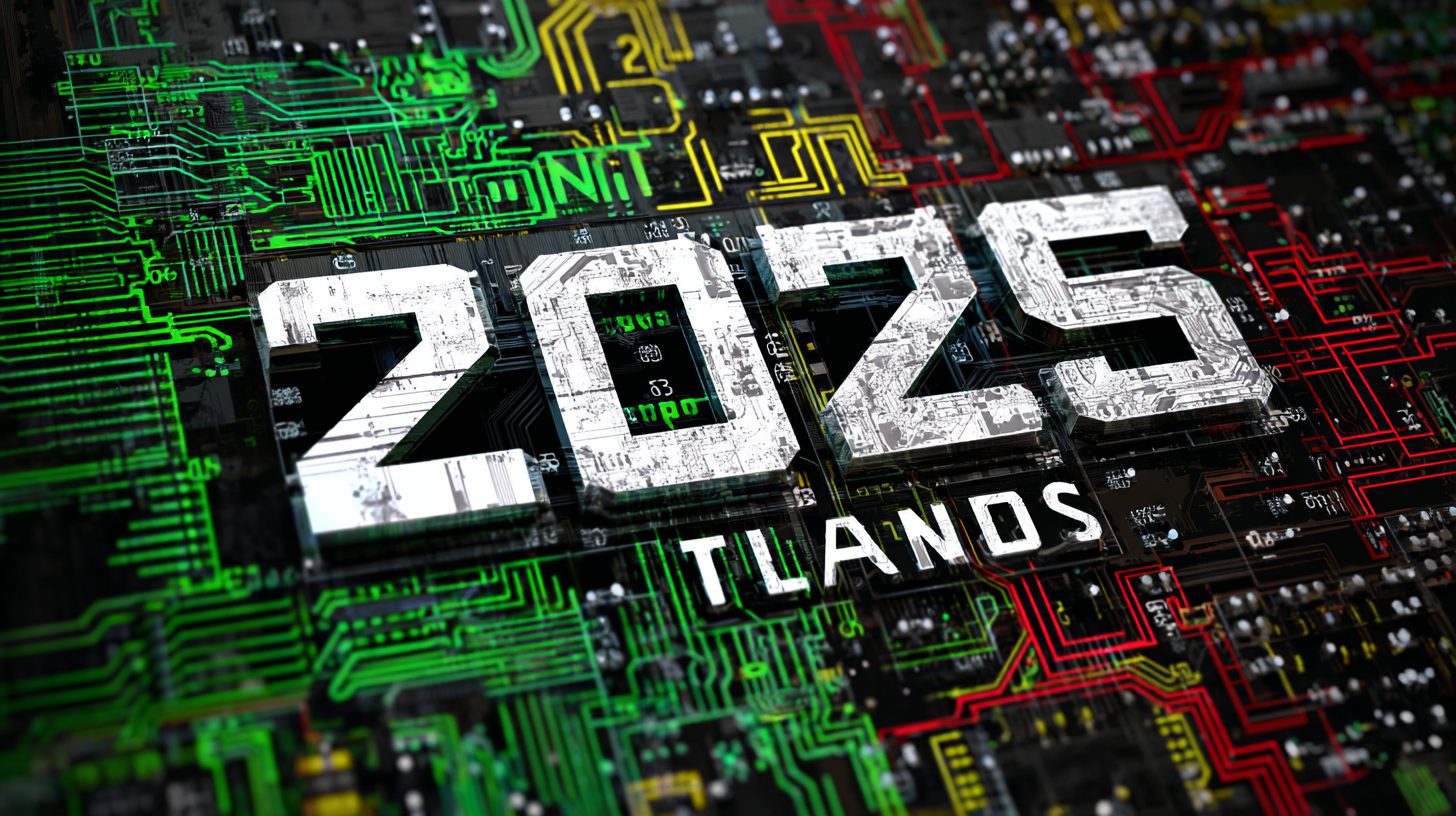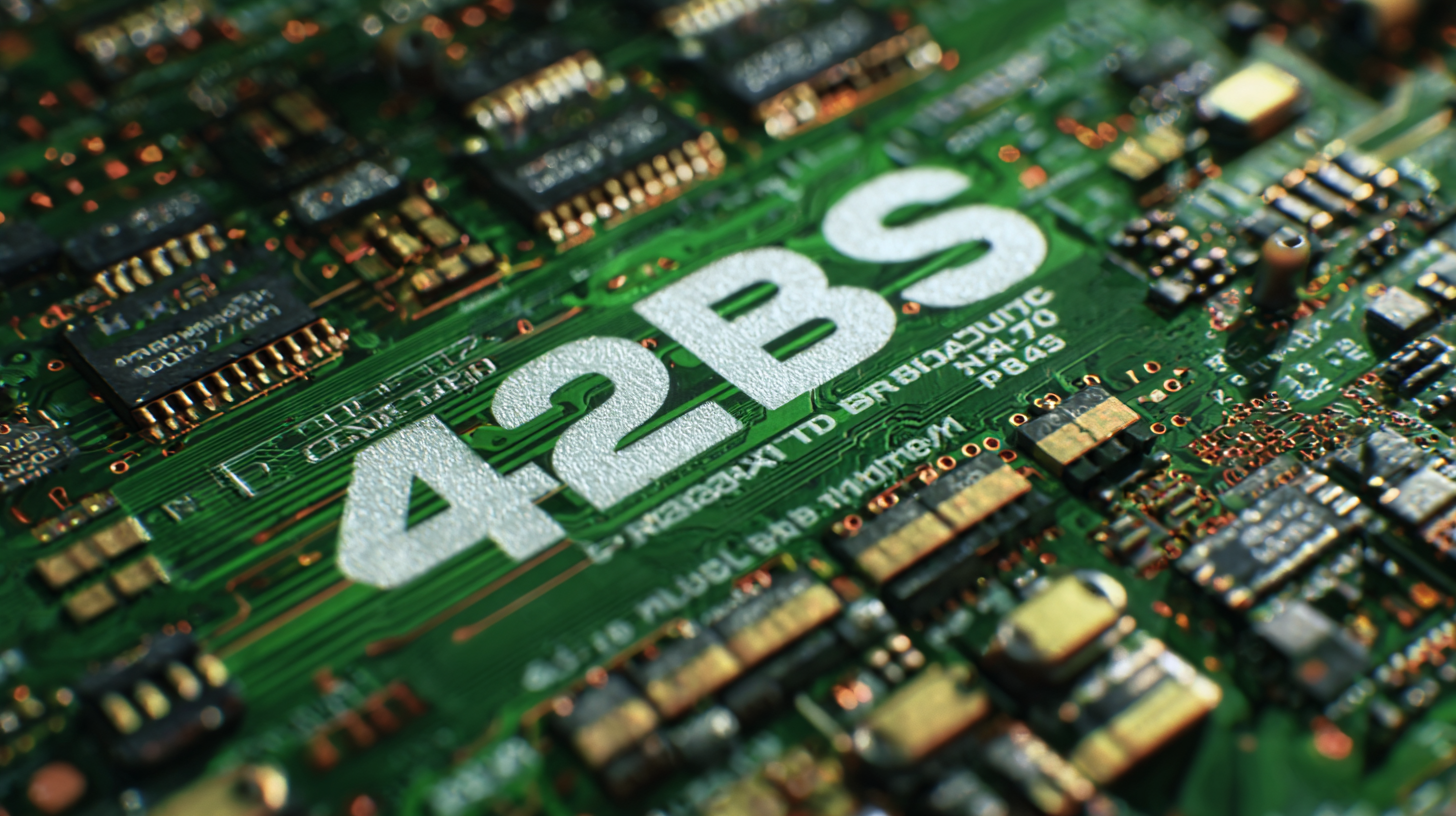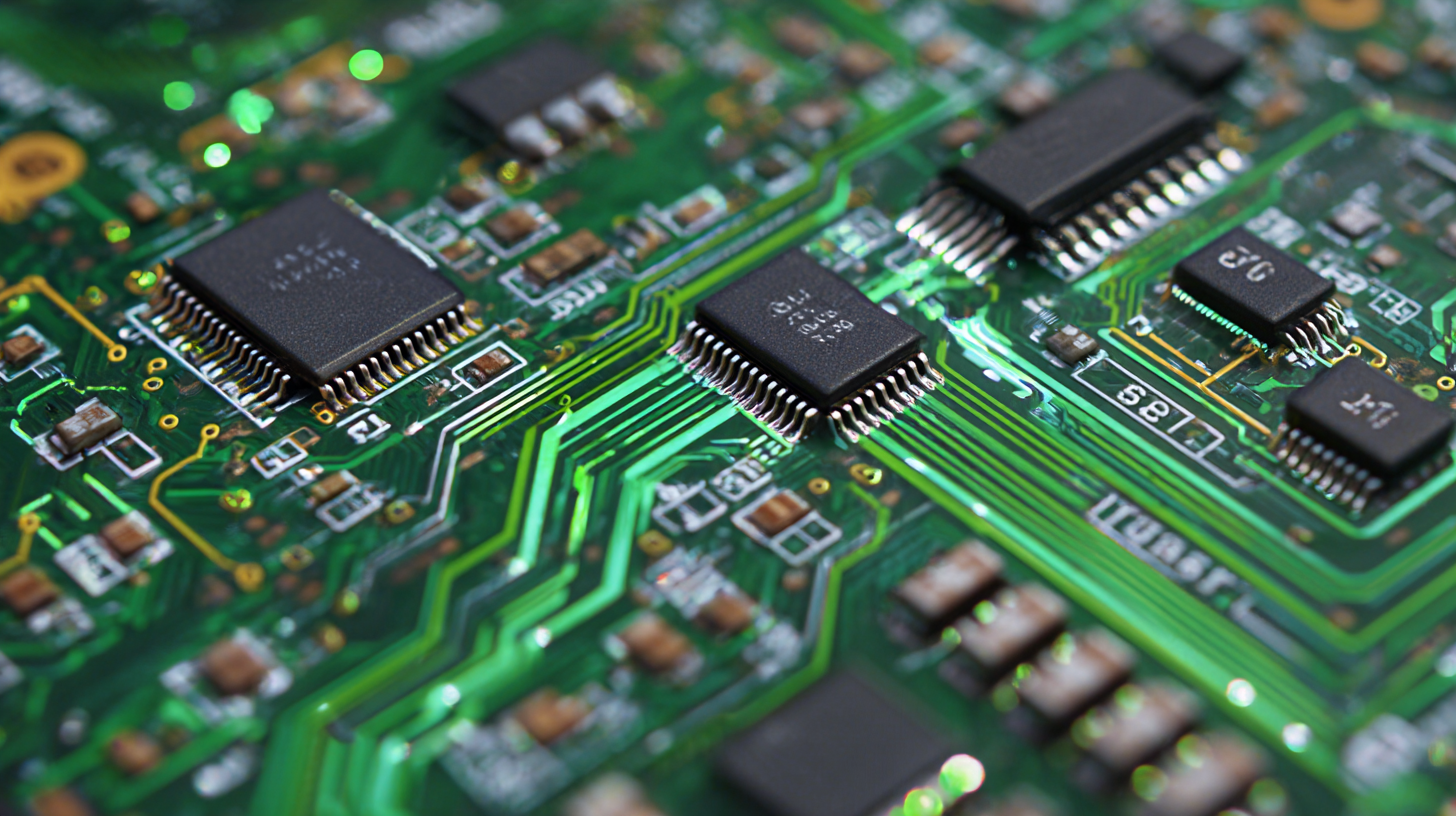As we approach 2025, the landscape of technology continues to evolve rapidly, setting the stage for significant advancements in various sectors, including electronics manufacturing. One area particularly gaining momentum is the demand for Quick Turn PCB Boards, which are essential for companies seeking to accelerate their product development cycles. According to a report by Research and Markets, the global PCB market is anticipated to grow at a CAGR of 3.8% from 2021 to 2026, highlighting the increasing importance of fast turnaround times to meet market demands. In an environment where speed-to-market often dictates competitive advantage, manufacturers must adapt to these trends by implementing innovative solutions and leveraging advanced technologies. This blog will explore the emerging trends influencing Quick Turn PCB Boards and provide actionable insights on how businesses can stay ahead in this dynamic marketplace.

As we advance towards 2025, the landscape of quick turn PCB technologies is poised for significant transformation. Emerging trends indicate a shift towards greater automation and integration in PCB manufacturing processes, which promises to enhance production speed and reduce lead times. Companies are increasingly adopting advanced robotics and AI-driven systems to streamline workflows, allowing for rapid prototyping and more efficient turnaround times. This not only meets the growing demand for faster product development cycles but also facilitates the implementation of complex designs that were previously challenging to produce.
Another noteworthy trend is the rise of environmentally friendly materials and processes in PCB production. As sustainability becomes a priority for manufacturers and consumers alike, innovative materials such as biodegradable substrates and low-impact manufacturing practices are gaining traction. These advancements not only help in reducing the environmental footprint of PCBs but also align with global regulatory trends towards greener electronics. By investing in sustainable solutions, companies can not only enhance their market positioning but also appeal to an increasingly eco-conscious consumer base, ensuring they remain competitive in a rapidly evolving industry.
The demand for quick turn PCB boards is being increasingly driven by several key industries that are adapting to the fast-paced technology landscape. The electronics sector, particularly consumer electronics, stands out, as companies race to launch new products with advanced features. Additionally, the automotive industry is rapidly integrating sophisticated electronic systems, leading to an increased need for quicker PCB production to meet the evolving requirements of electric and autonomous vehicles.

To stay ahead in this competitive market, manufacturers should prioritize flexibility in their production capabilities. Investing in advanced manufacturing technologies, such as automated assembly and testing processes, can significantly reduce turnaround times. Moreover, maintaining strong relationships with suppliers ensures a steady flow of the necessary materials, which is crucial for minimizing delays during production.
Another vital aspect is the continuous monitoring of industry trends. Keeping an eye on emerging technologies and shifting market demands allows PCB producers to pivot their services accordingly. Engaging in regular training for the workforce on new processes and materials can enhance overall efficiency and innovation, positioning companies to better meet the needs of their clients and remain competitive in the quick turn PCB landscape.
In the fast-paced world of quick turn PCB manufacturing, companies often encounter several production bottlenecks that can hinder their efficiency and product delivery.
One common challenge is the coordination of supply chain logistics. Delays in receiving raw materials can stall production timelines, leading to missed deadlines.
To combat this, manufacturers should build strong relationships with reliable suppliers and implement real-time inventory tracking systems to foresee shortages before they impact production.
Another significant hurdle is maintaining quality control during rapid production cycles. High-speed manufacturing can lead to errors that compromise the integrity of the PCBs.
To mitigate this risk, manufacturers should invest in automated testing processes that allow for continuous monitoring throughout the production stages.
Regular training for staff on quality assurance protocols can also empower teams to identify and rectify issues in a timely manner.
Lastly, technological limitations may restrict the capacity for innovation in quick turn projects. Investing in advanced manufacturing technologies and fostering a culture of continuous improvement can set a company apart.
Utilizing software for design simulations, for example, not only speeds up the prototyping phase but also helps identify potential production obstacles ahead of time.
Embracing these innovations can help businesses stay competitive and respond swiftly to market demands.

As we approach 2025, the demand for quick turn PCB solutions is projected to surge significantly.
According to a recent report by Market Research Future, the global PCB market is expected to grow at a CAGR of over 5% from 2023 to 2028, with quick turn solutions capturing a substantial share of this growth.
This shift is largely driven by the increasing need for rapid prototyping in industries such as consumer electronics, automotive, and telecommunications, where time-to-market remains a critical factor.
The rise of IoT devices and smart technologies is further amplifying the complexity and demand for efficient PCB production.
A report from ResearchAndMarkets highlights that the IoT market alone is likely to reach $1.1 trillion by 2026, necessitating more agile manufacturing solutions.
Companies looking to stay competitive must invest in advanced manufacturing technologies and data analytics to streamline processes and enhance product offerings.
By strategically focusing on these market growth projections, businesses can leverage data-driven insights to innovate and excel in the ever-evolving PCB landscape.
As we approach 2025, the quick turn PCB industry is poised for significant transformation. Staying competitive in this rapidly evolving market requires a proactive approach that embraces emerging technologies and consumer demands. One key strategy is to invest in automation and advanced manufacturing processes. By incorporating smart manufacturing techniques, companies can streamline production, reduce lead times, and enhance precision in PCB fabrication. This not only meets the increasing demand for faster turnaround times but also positions firms as leaders in efficiency and innovation.
Another crucial aspect is building strategic partnerships with technology providers and suppliers. Engaging with businesses that offer cutting-edge materials and tools can facilitate access to the latest advancements in PCB design and manufacturing. Moreover, fostering collaboration with clients can lead to tailored solutions that address specific project requirements and foster long-term relationships. By prioritizing customer feedback and adapting to market needs, companies can stay ahead of trends and secure their place in the competitive landscape of quick turn PCBs.